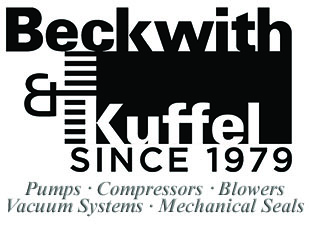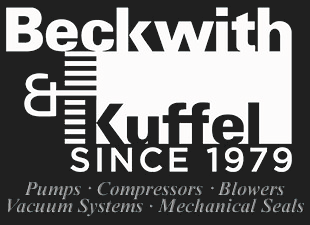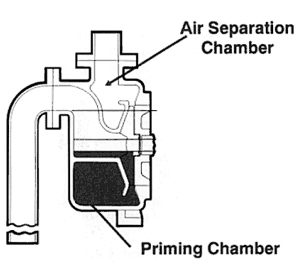
Fig. A
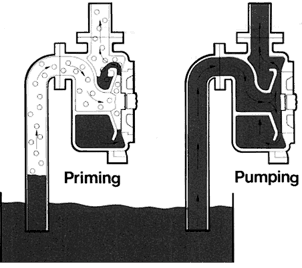
Fig. B / Fig. C
- ? Care should be exercised to insure that adequate liquid is retained In the priming chamber. For outdoor/remote installations a heating element may be required to prevent freezing. For dirty services a strainer may be required to keep solids from accumulating in the priming chamber, thus displacing priming liquid. ? The static lift and suction piping should be minimized to keep priming time to a minimum. Excessive priming time can cause liquid in the priming chamber to vaporize before prime is achieved.
- ? All connections in the suction piping should be leak-free as air could be sucked in, thus extending/compromising priming of the pump. (Pumps sealed with packing should be flushed to prevent air from being introduced.)
- ? A priming bypass line (See Fig. D) should be installed so that back pressure is not created in the discharge piping during priming which would prevent the pump from priming Itself. (Self-priming pumps are not good air compressors!)
- ? The suction piping should be designed such that no high points are created where air can be trapped/accumulate which can prevent priming. Historically this has been problematic on top unloading of rail cars. (See Fig. E)
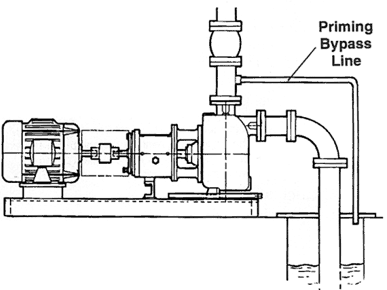
Fig. D
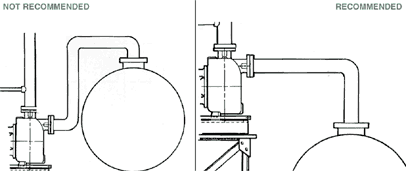
Fig. E Tank Car Unloading
